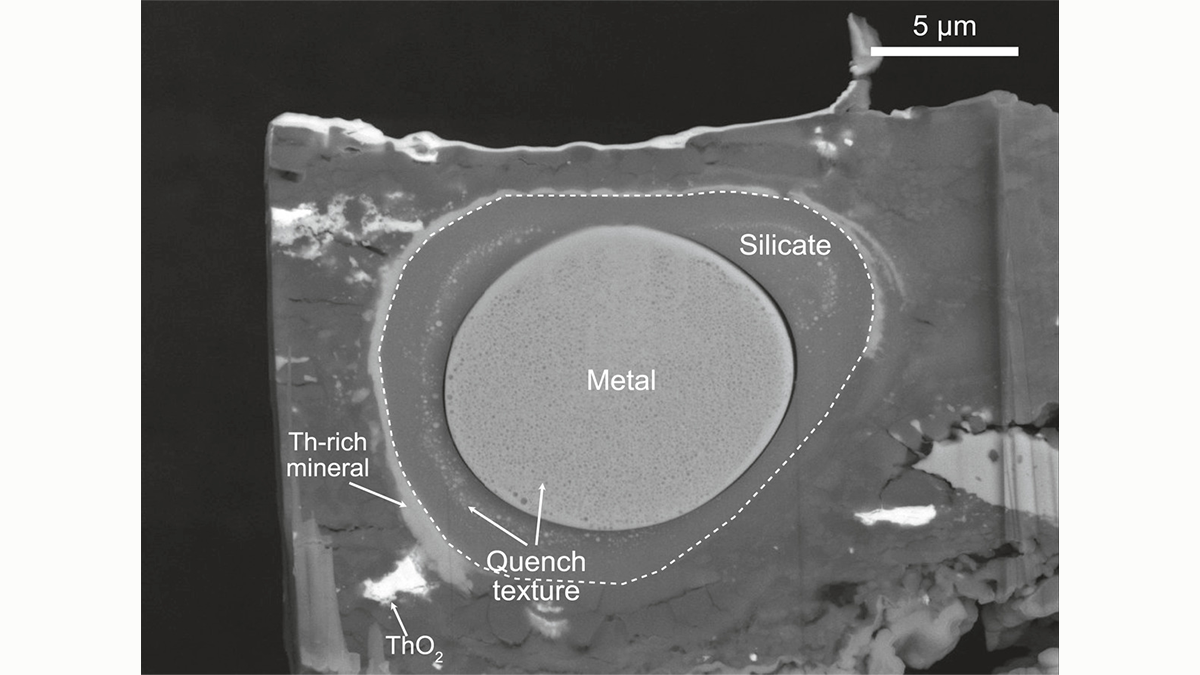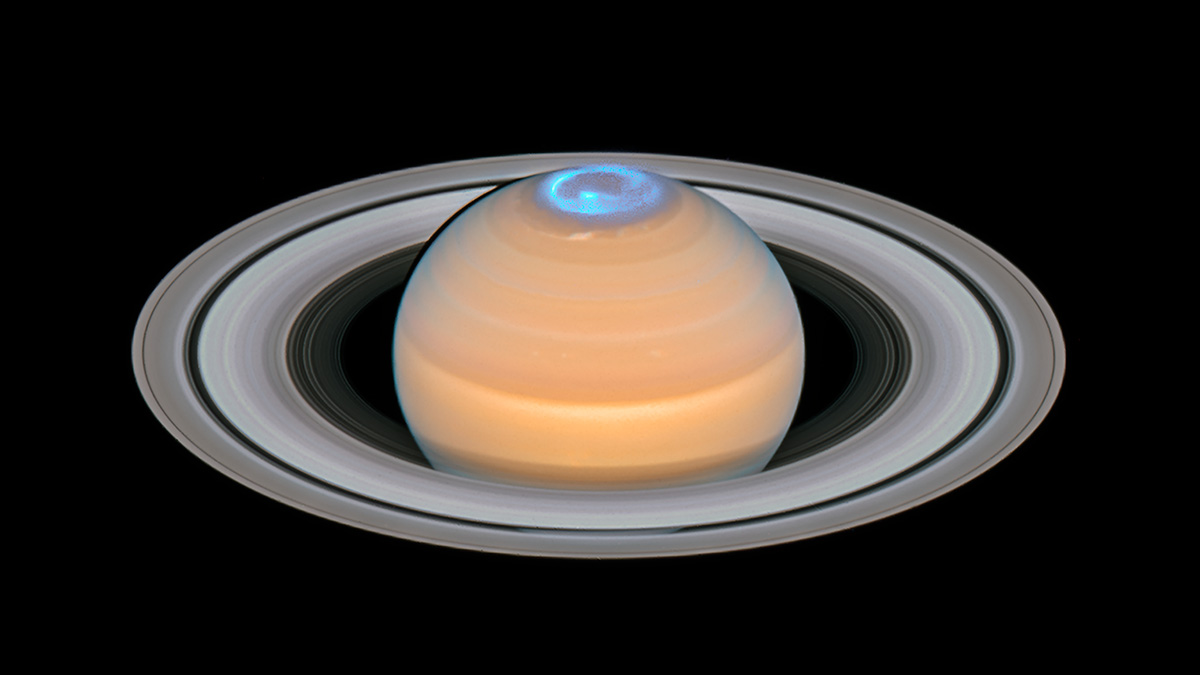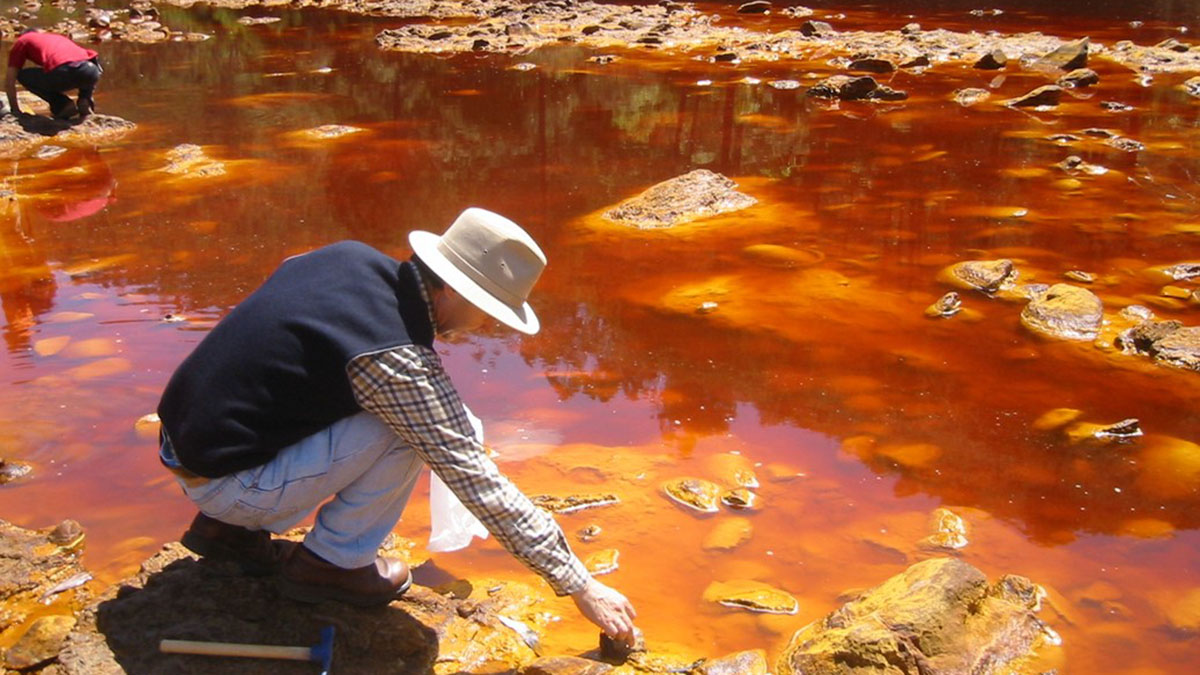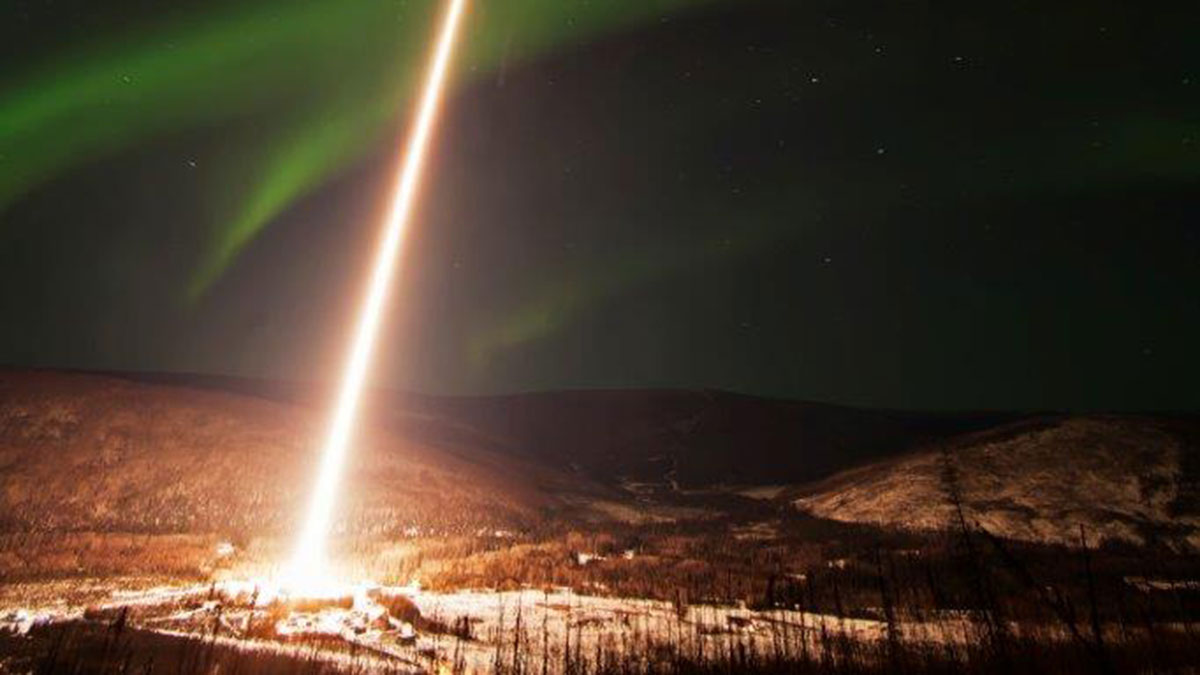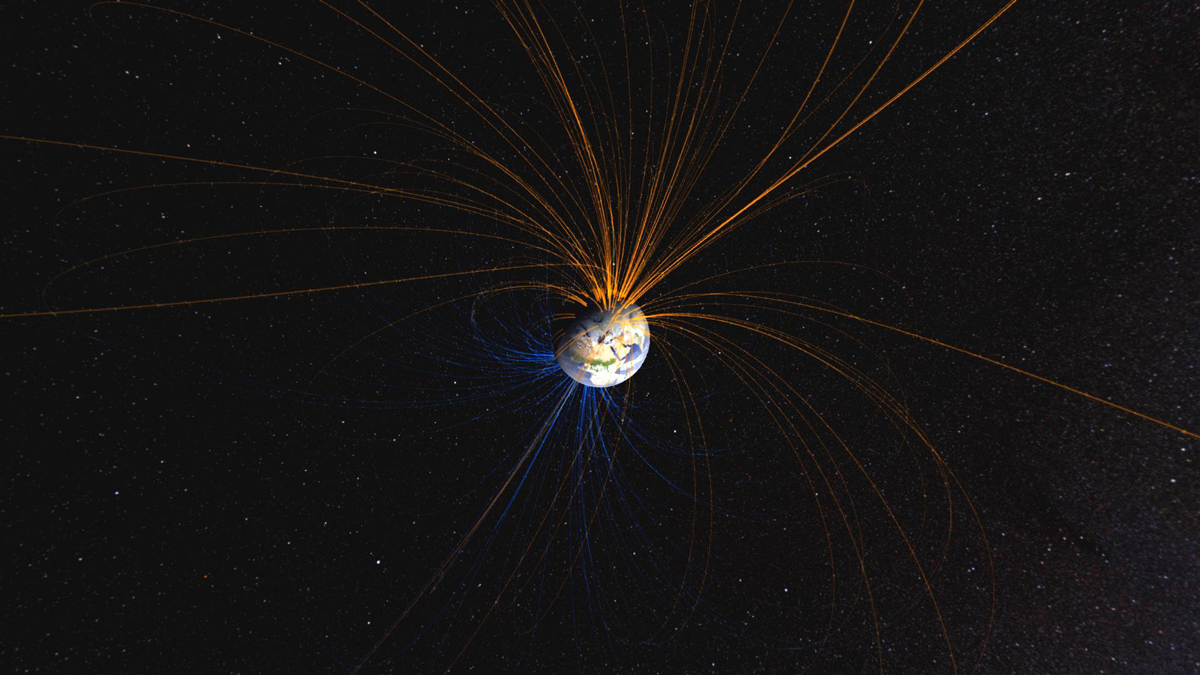How was Earth’s early magnetic field produced? New experimental results and modeling show that the energy source could not have come from exsolution of lithophile elements from the core.
magnetic fields & magnetism
Saturn’s Powerful Winds Explain Changes in the Length of Its Day
Atmospheric winds moving at more than 7,000 kilometers per hour distort Saturn’s magnetic field, revealing why spacecraft have measured changes in the length of a day on the ringed world.
Finding Moons’ Hidden Oceans with Induced Magnetic Fields
A principal component analysis of speculative models can more confidently predict the presence of a planetary object’s subsurface ocean than previous techniques.
Exploration and Evaluation of Deep-Sea Mining Sites
Two studies chart new territory for the fledgling deep-sea mining industry through advances in the identification and analysis of seafloor hydrothermal mounds.
Using Hematite to Decipher Past Climates and Environments
The magnetic and color properties of the mineral hematite give clues to past environmental conditions and is being used for paleoclimatic reconstruction.
Converting Auroral Observations into 3D Structures
Using 1D and 2D data sources as model constraints yields fine-scale insights into real-world aurorae.
Oldest Pole Reversal Shows Early Earth Was Well Suited for Life
Australian rocks 3.25 billion years old preserved the oldest signs of Earth’s stable magnetic field and quickly moving crust, critical elements of life’s evolution.
Can NASA’s Gravity Satellites Detect Motions in Earth’s Core?
Measurements of our planet’s gravitational field could expose processes in the fluid outer core—if scientists can decipher the signals.
Tracking Pollution in the Breeze, with Trees
New research outlines how pine needles offer a simple, low-cost means of assessing particulate matter pollution.
An Unstable Magnetic Field in Central Asia 2500-1500 Years Ago
The geomagnetic field intensity – poorly described – varies spatially and temporally on centennial time scales. A recent study fills an important gap in Central Asia and discusses global implications.

